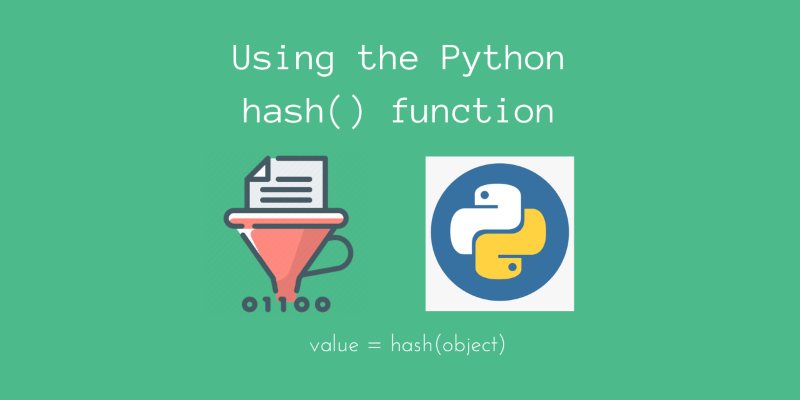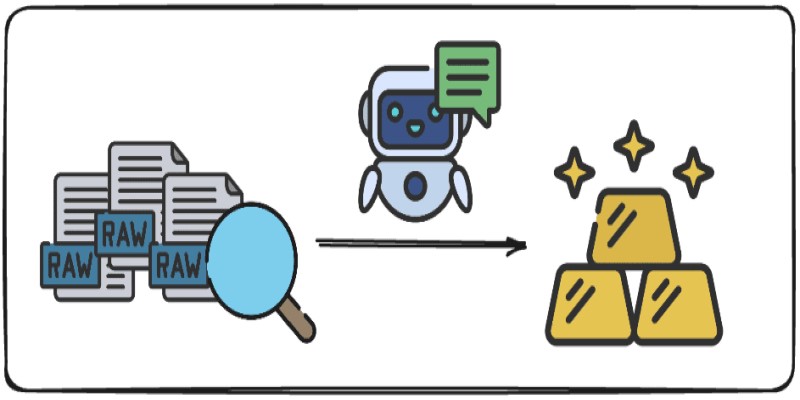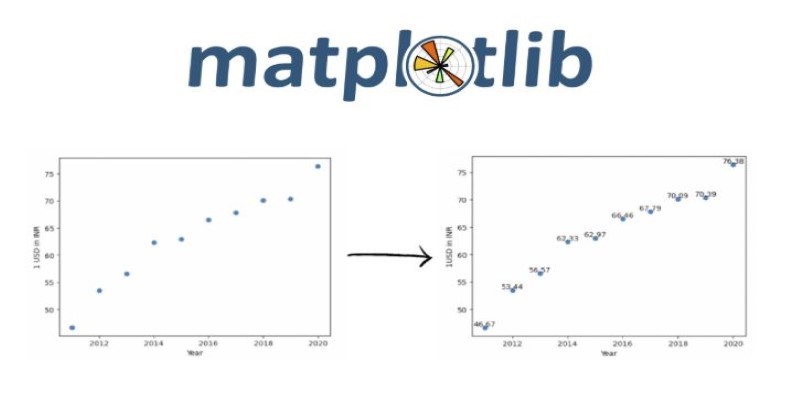Advertisement
If you've worked with lists in Python, you've probably needed to calculate an average. Whether you're dealing with test scores, prices, or sensor data, finding the mean value helps simplify the data and spot trends. The good news is that Python offers a bunch of ways to do this—from basic loops to handy built-in functions and libraries. Some are quick one-liners. Others give you more control. In this guide, we’ll walk through 8 different ways to calculate the average of a list in Python. No fluff. Just real working methods.
This is the most old-school way. You loop through each item, add them up, then divide by the number of items.
python
CopyEdit
numbers = [10, 20, 30, 40, 50]
total = 0
for num in numbers:
total += num
average = total / len(numbers)
print(average) # Output: 30.0
This is great for beginners because it breaks everything down clearly. You're doing each step yourself: adding, counting, and dividing.

If you want to write less code, Python’s built-in functions can help. sum() gives you the total, and len() gives you the count.
python
CopyEdit
numbers = [5, 15, 25, 35, 45]
average = sum(numbers) / len(numbers)
print(average) # Output: 25.0
This method is short, readable, and works well for most use cases. It's one of the most common ways to find an average in Python.
The statistics module has a function made just for this. It’s called mean() and it's built into the Python standard library.
python
CopyEdit
import statistics
numbers = [3, 6, 9, 12, 15]
average = statistics.mean(numbers)
print(average) # Output: 9
This is especially useful when you want to calculate more statistical values like median, mode, or standard deviation. But just for a basic average, it works great on its own, too.
If you’re working with large datasets or numeric arrays, numpy is your friend. It’s fast and built for number crunching.
python
CopyEdit
import numpy as np
numbers = [8, 16, 24, 32, 40]
average = np.mean(numbers)
print(average) # Output: 24.0
numpy is often used in data science and machine learning projects. It also handles more complex number types like matrices and multidimensional arrays.
If your data is tabular or you’re working with columns, pandas is helpful. This method works well if you’re already using DataFrames or Series.
python
CopyEdit
import pandas as pd
numbers = [2, 4, 6, 8, 10]
series = pd.Series(numbers)
average = series.mean()
print(average) # Output: 6.0
This is perfect for datasets you import from CSV files or Excel sheets. pandas gives you tools for handling missing values, grouping, and more—plus calculating the mean is just one function call away.
This is more of a functional programming approach. reduce() applies a rolling computation to items in a list. Here, we’ll use it to sum everything.
python
CopyEdit
from functools import reduce
numbers = [1, 3, 5, 7, 9]
total = reduce(lambda x, y: x + y, numbers)
average = total / len(numbers)
print(average) # Output: 5.0
This isn't the most beginner-friendly method, but it shows how Python supports multiple styles. It's neat for those who like lambda functions and cleaner math pipelines.

Let’s say you only want to average the even numbers in a list. A list comprehension lets you filter and then use sum() and len() on the result.
python
CopyEdit
numbers = [10, 15, 20, 25, 30]
evens = [x for x in numbers if x % 2 == 0]
average = sum(evens) / len(evens)
print(average) # Output: 20.0
This method is clean and very readable. You can change the filtering condition easily—for example, only values above 20, or only positive numbers.
If your list is huge—think millions of items—you don’t always want to create a second list in memory. A generator expression helps you keep it lean.
python
CopyEdit
numbers = range(1, 100001) # 1 to 100,000
total = sum(x for x in numbers)
average = total / len(numbers)
print(average) # Output: 50000.5
You can use sum(x for x in numbers) without turning the result into a list. This saves memory when dealing with large datasets or reading from a file stream.
The map() function can be useful if you need to convert or transform items in a list before calculating the average. It’s commonly used with lambda functions.
Let’s say your list contains strings that need to be converted to integers first.
python
CopyEdit
data = ["10", "20", "30", "40", "50"]
numbers = list(map(int, data))
average = sum(numbers) / len(numbers)
print(average) # Output: 30.0
This approach is helpful when you’re reading numeric data from text files or APIs, where numbers come in as strings. By mapping them to int or float, you make the list ready for math without writing extra loops.
Python gives you several clear ways to find the average of a list, each fitting different situations. Whether you prefer writing your loop or using built-in tools like sum() or libraries like numpy, you can get accurate results with minimal effort. Some methods are better for clean, small lists, while others handle larger or more complex datasets. What matters most is choosing the one that fits your task best. You don't need advanced math or heavy logic—just a basic understanding of Python's built-in features. Once you know your options, calculating averages becomes second nature in any coding project.
Advertisement

Anthropic faces a legal battle over AI-generated music, with fair use unlikely to shield the company from claims.

How to create an AI voice cover using Covers.ai with this simple step-by-step guide. From uploading audio to selecting a voice and exporting your track, everything is covered in detail

Looking for the best AI resume builders? Check out these 10 free tools that help you craft professional resumes that stand out and get noticed by employers

Looking to turn your images into stickers? See how Replicate's AI tools make background removal and editing simple for clean, custom results

SAS acquires a synthetic data generator to boost AI development, improving privacy, performance, and innovation across industries

Want to build a dataset tailored to your project? Learn six ways to create your own dataset in Python—from scraping websites to labeling images manually

Learn how logic gates work, from basic Boolean logic to hands-on implementation in Python. This guide simplifies core concepts and walks through real-world examples in code

Learn different methods to calculate the average of a list in Python. Whether you're new or experienced, this guide makes finding the Python list average simple and clear

Want to turn messy text into clear, structured data? This guide covers 9 practical ways to use LLMs for converting raw text into usable insights, summaries, and fields

Discover multilingual LLMs: how they handle 100+ languages, code-switching and 10 other things you need to know.

How to add strings in Python using 8 clear methods like +, join(), and f-strings. This guide covers everything from simple concatenation to building large text efficiently

Explore effective ways for scatter plot visualization in Python using matplotlib. Learn to enhance your plots with color, size, labels, transparency, and 3D features for better data insights